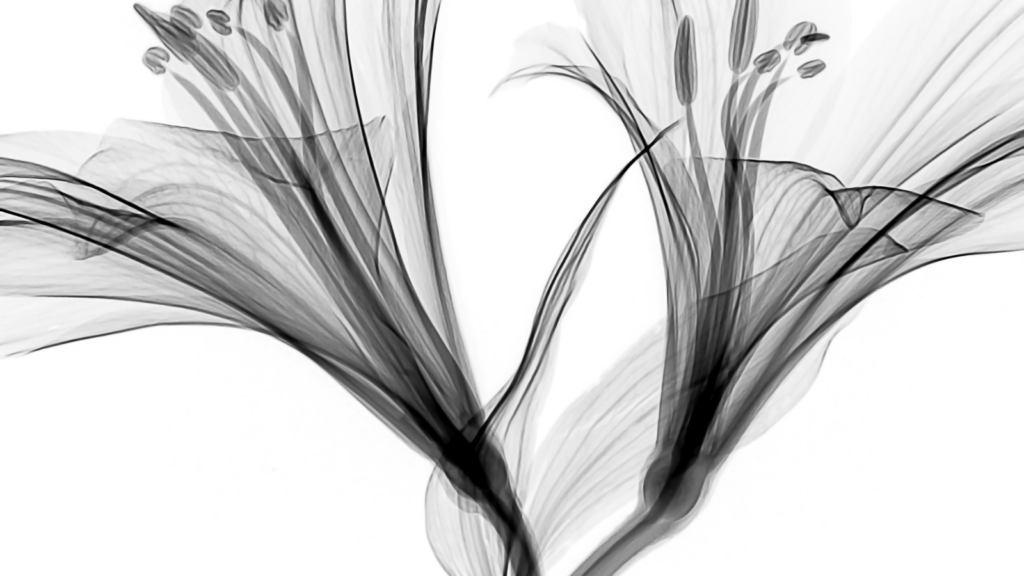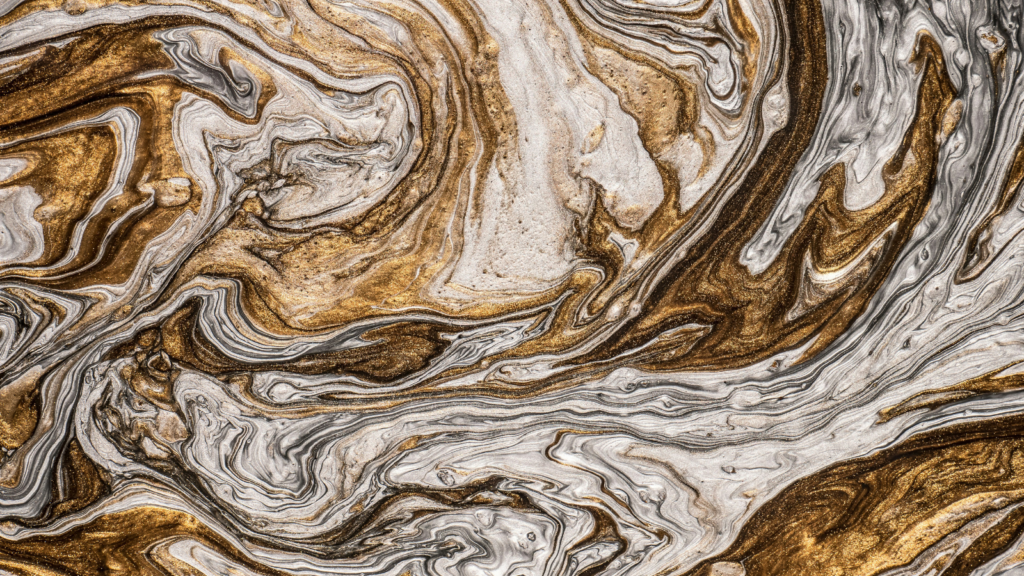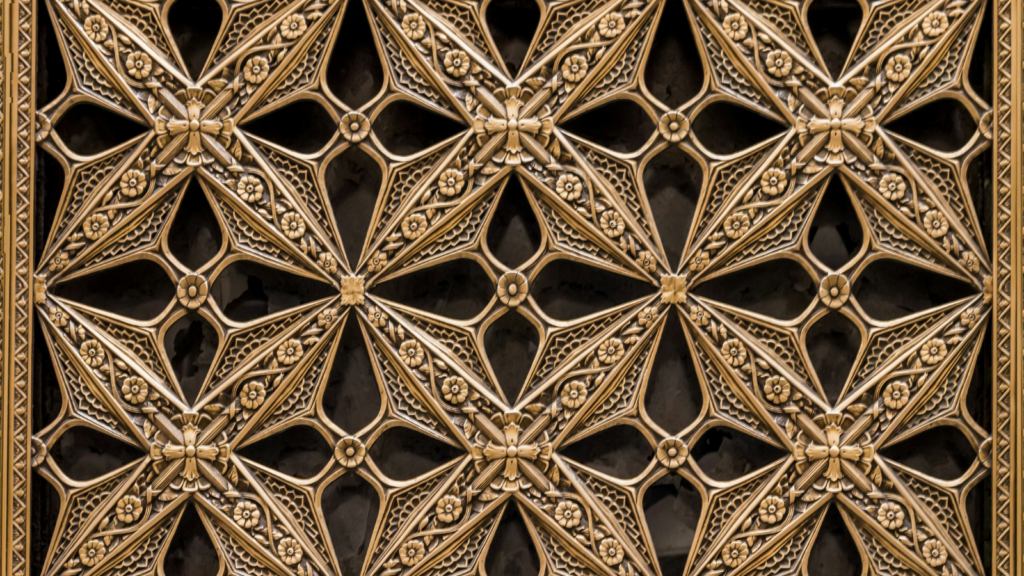Art Deco, a design era that’s left an indelible mark on the world, is celebrated for its glamor, luxury, and exuberance. Behind every iconic piece, there’s an art deco designer whose creative genius transformed the mundane into the extraordinary. This is their story.
From skyscrapers to jewelry, art deco designers left no stone unturned. Their work, characterized by rich colors, bold geometric shapes, and lavish ornamentation, continues to inspire and captivate. But who were these visionaries? And how did they shape an era?
In the forthcoming sections, we’ll delve into the lives and works of these remarkable individuals. We’ll explore their inspirations, their challenges, and the enduring legacy they’ve left behind. Join us as we journey back in time to the golden age of design, and pay homage to the art deco designers who made it all possible.
Art Deco Designers

Art Deco designers, exceptional for their daring creativity, redefined the design landscape. Works from these artists boast extravagance, geometric precision, and stylized forms. Emile-Jacques Ruhlmann, René Lalique, and Jean Dunand exemplify the luminaries of this period. Each applied their unique artistic voice, translating intricate visions into unique design pieces. Additionally, their works exemplify the luster, symmetry, and elegance encapsulating the essence of the Art Deco era. Thus, these designers illustrated a timeless design ethos that continues to captivate.
Impact of Art Deco Designers on Modern Art

Art Deco designers inscribe profound influences on modern art, epitomizing the zeitgeist of their time. Their aesthetic, born out of the intricacies of geometry and the exuberance of color, becomes a cornerstone of contemporary design practices. Manifesting in architecture, interior design, and decorative arts, the indomitable imprint of these designers effaces boundaries, imbibing new layers of interpretation to various art forms. Through flaunting bold geometry and exulting in opulence, they challenge conventions, etching an enduring paradigm in modern art’s narrative. Their influence reflects in the versatile application of their thought process and design principles, not restricted to any specific medium, marking a pivotal point in art history. Examples include the incorporation of streamlined and symmetrical designs. The spread of these design concepts, primarily due to the designers’ eminent foresight, establishes Art Deco as an enduring design language, casting a long, influential shadow across the panorama of modern art.
Art Deco Beyond the 20th Century

Many art deco designers, despite the movement’s peak in the early 20th century, left an impact that continues to be felt today. These creative artisans, like other notable names in the Art Deco fraternity, conceived designs that defied the norm and defined a generation. Their work moved beyond the confines of the 20th-century era, influencing modern design and setting new trends, becoming the gold standard for subsequent design practices. The influence of these designers’ unique styles is seen in many areas, such as architecture, interior decor, and decorative arts. As a result, Art Deco remains a perennial favorite, heralded for its timeless appeal, an enduring style testament to its influence beyond the 20th century.
Designers that Left a Mark in Art Deco
Art Deco designers like Ruhlmann, Lalique, and Dunand have left an indelible mark on the world of design. Their innovative approach turned everyday items into works of art, setting the tone for the glamor and luxury that defined the Art Deco era. Today, their influence is still palpable. It’s evident in modern architectural and interior designs, and in the decorative arts. The legacy of these artists is far from fading. Instead, it continues to inspire and shape new trends, proving that Art Deco is a timeless design language. The impact of these designers is a testament to Art Deco’s enduring appeal and its ongoing influence in the 21st century and beyond.
